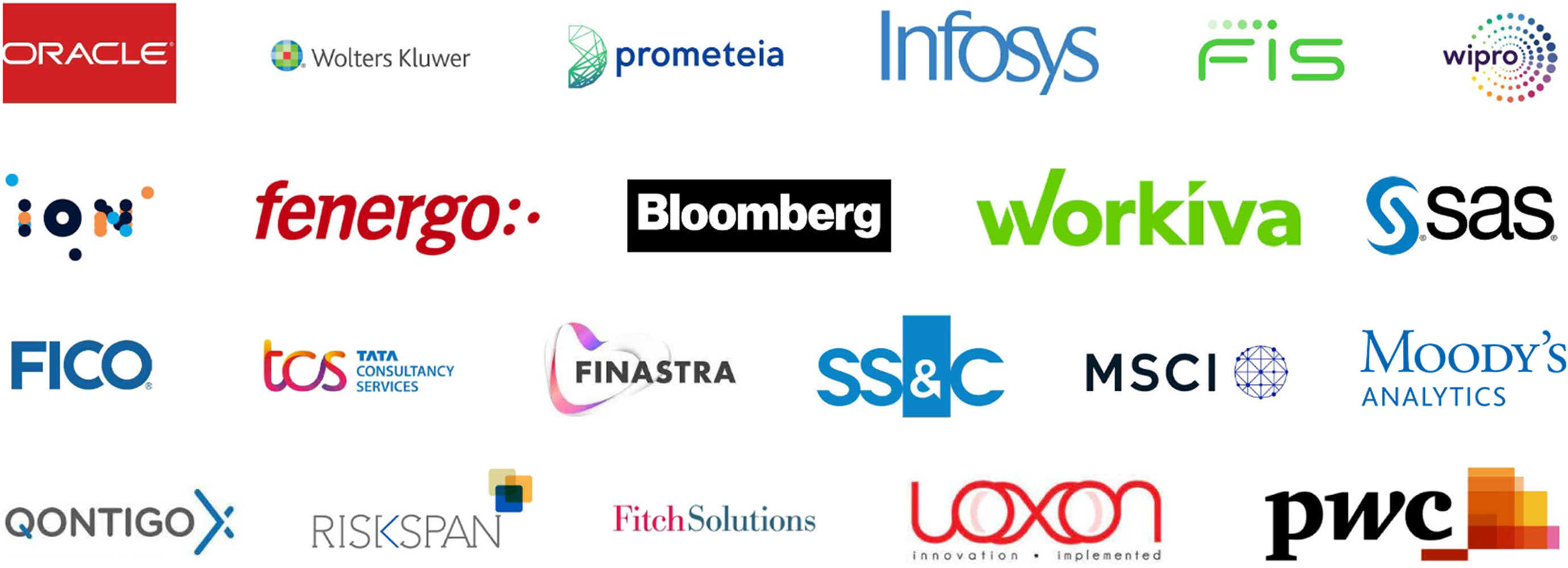Chartis Research home page
Our mission is to support banks, tech vendors, investment managers and insurers with independent research and advice on all aspects of risk, compliance and financial technology. With our strong customer relationships and deep technology expertise, we are uniquely able to map market trends and vendor landscapes in financial risk, trading, credit, financial crime, GRC, insurance and energy.
Upcoming Events & Webinars
Our Clients
Chartis has worked with some of the biggest names in RiskTech, FinTech and financial services:

Get in touch
We offer a range of advisory services and publish more than 30 new reports annually, each offering a unique perspective on an important area of risk and wider technology markets.














